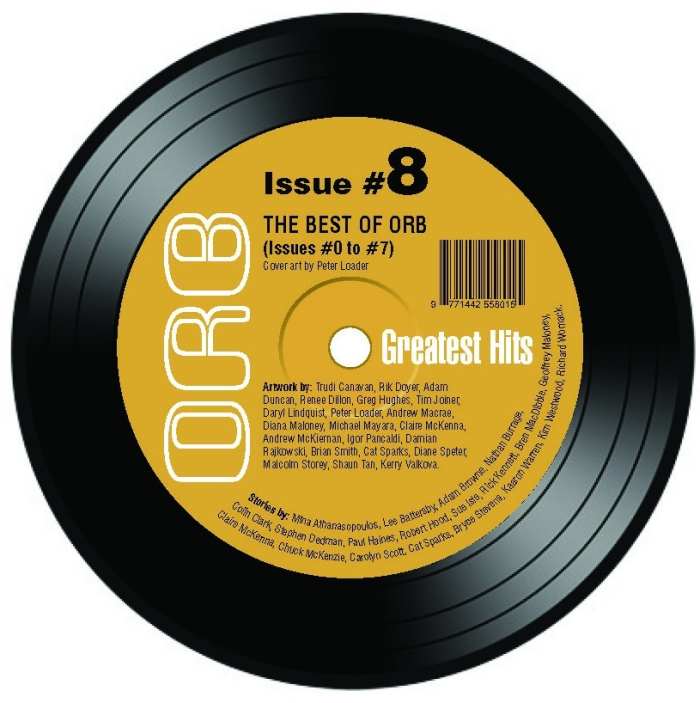edit or die
editing, writing & publishing
submission guidelines for manuscripts


on this page
more
PREPARE YOUR DOCUMENT FOR PUBLICATION
ENSURE YOUR DOCUMENT MEETS YOUR READERS’ NEEDS
ADVICE ON YOUR NOVEL OR SHORT STORY
MANUSCRIPT ASSESSMENT
ORB SPECULATIVE FICTION MAGAZINE
THESES, RESEARCH PAPERS, GRANT SUBMISSIONS
THE ROLE AND TASKS OF THE EDITOR
EMAIL AND ADDRESS
hard copy submissions
These guidelines will help you prepare your work for submission — to
edit or die or any other publisher in hard copy form.
When you send out your manuscript make sure it is of the best possible standard. Only send out the product you feel is the most polished work you can offer at
this time. A poor copy is difficult to read — and off-putting. Consider the editor sitting in a
comfortable chair with pages on her lap.
Make your document easy to read, plain and clear. Don’t waste time on
cute symbols, curly fonts or amazing formatting. It won’t help your manuscript progress through the slush
pile at all, but will probably distract and annoy the reader.
It is not worth paying an editor pre-submission if you are likely to change aspects of the text after you have sent a substantial proportion to me. Similarly,
it is not worth having your document edited for the typesetter if you are likely to make further changes.
electronic submissions
Always enquire before attaching a file. While it may be easier for you to send a file, a fiction manuscript assessor has to spend time and money on printing out
the document. Manuscript assessments are always read on hard copy.
If you have ascertained that the recipient will receive an electronic file, it should be free of viruses, in accessible software and formatted according to the
guidelines on this page.
basic layout and presentation
The document should be:
- typed on one side of A4-sized paper.
- in a standard serif font (such as Times, Courier)
- 12 point size
- double line spaced
- justified left
- on consecutively numbered pages
- with wide margins
- unbound — no staples or other bindings.
identifying your document
Assume that the editor/reader/publisher will drop the bundle, and that there will be pages all over the place.
Sometimes the piles of clients’ work becomes entangled, and a letter
saying the author wants the editor to ignore page 33 can become attached to someone else’s work or lost if
it doesn’t have a printed name on it. A scrawled signature isn’t very helpful in identifying a letter.
It is essential that you number and name each page, and that your name and contact details are on every single piece of paper you submit. Make sure these
details are also clearly shown on the front of the manuscript and on your cover letter.
formatting
Fiction should have the first line of each paragraph indented —
except for the first line of a new chapter or section. There should be no extra lines between paragraphs.
Non-fiction should have two hard returns (extra lines) after each paragraph, with no indents.
Start new chapters or new sections on new pages.
Footnotes and other notes may be either included at the bottom of the relevant page, or written separately on a new page or document at the end of the work — but not starting directly after the last sentence of the last page.
For other tricky things, like hyphenation, attribution and participles, look in a style manual. If you find that daunting, then you need an editor!
other items
The manuscript should be free of extraneous marks, such as pictures, graphics, cute symbols, clever formatting or unusual fonts. Of course this varies — especially in the case of children’s
books, where the pictures integrate with the text.
Graphics, photos and other art material may be included with the text, but it is easier to work with on separate pages to the text so that the text runs on.
If your document contains complicated formatting and layout, and you have an idea of this, then it may be wise to prepare a mock-up or rough.
what to include in your submission
- the manuscript in a properly formatted presentation (see above).
- a cover letter detailing your concerns, requirements, your background and any other information you think will help me to work on your manuscript
- a SSAE — always include a stamped, self-addressed envelope of the appropriate size for return of original documents, with sufficient postage to cover their return
- payment.
how much does it cost?
The manuscript assessment cost is based on the number of words in the story. Please email edit or die for a quote on the cost of your report.

edit or die 2021

